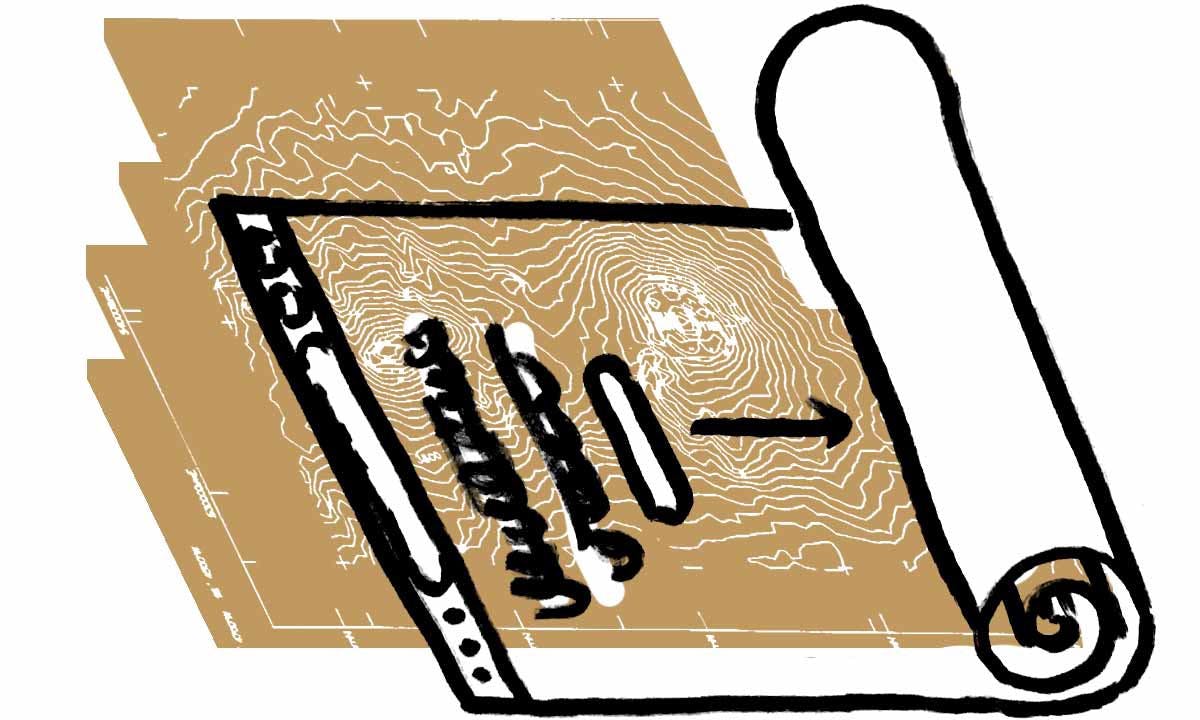
The first days of class are what I remember best from my time teaching. Covering syllabi, mispronouncing names on the roll, trying to wrap up early to build goodwill with my students. I rarely knew any of them yet.
At the beginning I focused on orientation —not only of students to the subject, but also of students and myself to each other. Getting to know my students activated me as a teacher. I wasn’t really useful to them until I could assess where they were and where they needed to get to.
I’m not a teacher anymore, but I still love teaching. In fact, that’s what our team’s latest project — a new marketing website — was all about.
We’ve made sites detailing what Pathwright can do before, but they started to feel like dry lectures. This time, we tried to understand better both where our customers are and where they’d like to go. In other words, we practiced being teachers. Online education is tough to get your head around, so we outlined the three (only three!) steps involved. What Pathwright can do is only important when it helps you do what you need to do.
I’m not sure if helping you understand your journey (whether you become a Pathwright customer or not) is what you’d expect to find on our front page, but I hope it’s what you actually need. We committed to that approach and launched the new site last week. Check it out if you’re curious.
This project left me thinking, “What else am I working on that’s a teaching project in disguise?” I’m starting to see chances to help folks learn everywhere. And, more humblingly, I’m seeing lots of areas where I need to be taught myself.
Conveying anything new is still teaching, no matter the medium, just as learning is still learning even outside the classroom. The topic is almost inconsequential—what matters more is where someone needs to get to. Helping them just takes observing where they are and finding their path to the next place with them.
What are you working on right now that could put you in the teacher’s seat?
Using Pathwright is dead simple and doesn’t cost a thing until you’re ready to launch a path.
Get startedTopics in this article

